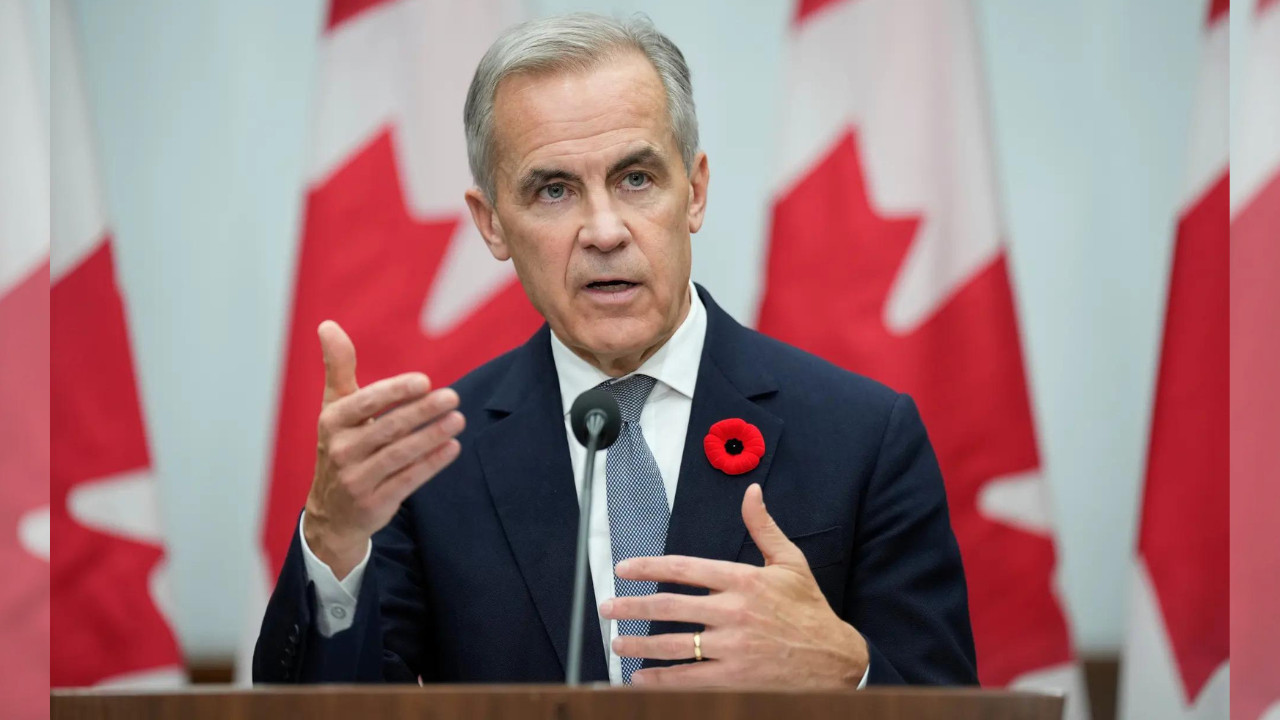Container freight rates are projected to remain low through FY26 due to global trade uncertainties, exacerbated by US tariffs. Indian exports to the US surged by 18% before the tariff deadline, while exports from China to India also increased. Experts anticipate a potential 10-15% correction in freight rates due to oversupply and weakening demand.
Navigating the Murky Waters: Will Container Freight Rates Stay Low?
The world of international trade feels a bit like a ship navigating a storm these days. Between shifting geopolitical winds and the ever-present threat of economic squalls, it’s tough to know what’s coming next. One question that’s been on everyone’s mind – from seasoned logistics managers to small business owners importing goods – is: where are container freight rates headed? Are the historically low prices we’ve seen recently here to stay, or are we due for another surge?
Recent whispers coming from the shipping industry suggest that those subdued freight rates might just be sticking around for a while. But before you start planning that massive import order, let’s unpack why, and what potential curveballs could still be lurking beneath the surface.
The Trump Tariff Effect: A Lingering Shadow on Global Trade
Remember the tariff wars of the Trump era? Those trade barriers, while intended to boost domestic production, have had a ripple effect across the global economy, and the container shipping market is no exception. While the immediate impact was a scramble to adjust supply chains, the longer-term consequences have contributed to a more cautious approach to international trade.
The uncertainty created by these tariffs – and the possibility of future trade restrictions – has dampened demand for some goods, which in turn puts downward pressure on freight rates. Companies are hesitant to commit to large-scale imports when the rules of the game could change at any moment, leading to fewer containers being shipped and, consequently, lower prices to entice shippers. This image shows container ships at port, a common sight in global trade.
<img src="container_ships_at_port.jpg" alt="Container ships at port; container freight rates may remain subdued due to ongoing trade uncertainties.” />
Supply and Demand: A Delicate Balancing Act
Of course, tariffs aren’t the only factor at play. The basic economic principle of supply and demand is also a major driver. The COVID-19 pandemic threw the global supply chain into complete disarray. We saw demand spike as consumers, stuck at home, splurged on goods. Shipping companies scrambled to meet that demand, and freight rates skyrocketed. Now, as things have normalized (somewhat), demand has cooled off, while shipping capacity has largely caught up. This equilibrium, or in some cases, an oversupply of ships, is contributing to those lower rates. Think of it like this: airlines drop prices when planes aren’t full. Shipping lines do the same.
Geopolitical Instability: The Unpredictable Variable
While the current outlook suggests stable or even slightly declining container freight rates, we can’t ignore the elephant in the room: geopolitical instability. Conflicts, trade disputes, and even seemingly minor political decisions can have a major impact on global trade flows. A sudden disruption in a key shipping lane, for instance, could send rates soaring. Similarly, a new round of tariffs or trade restrictions could further depress demand and keep rates low, albeit for negative economic reasons.
What This Means for Businesses
So, what does all of this mean for businesses that rely on container shipping? Well, on the surface, it’s good news. Lower freight rates can translate to lower costs for importing goods, which can improve profit margins or allow businesses to offer more competitive prices to consumers. However, it’s crucial to remain vigilant and not become overly reliant on these low rates. As we’ve seen time and time again, the global economy is anything but predictable.
Businesses should focus on building resilient supply chains, diversifying their sourcing, and maintaining a flexible approach to logistics. Explore options for optimizing your warehousing strategy to reduce storage costs and consider investing in technology to improve supply chain visibility and efficiency. Being prepared for any eventuality is always the best strategy. And, if you are curious about the factors shaping current trends, learn about the impact of digital transformation on supply chain management.
Final Thoughts
The forecast for container freight rates leans toward continued stability, possibly even remaining subdued for the near future. However, this is not a guarantee. The lingering effects of past trade policies, the current balance of supply and demand, and the ever-present threat of geopolitical turmoil all play a role in this complex equation. Businesses that understand these dynamics and prepare accordingly will be best positioned to navigate the choppy waters of global trade. The key is awareness and agility.







